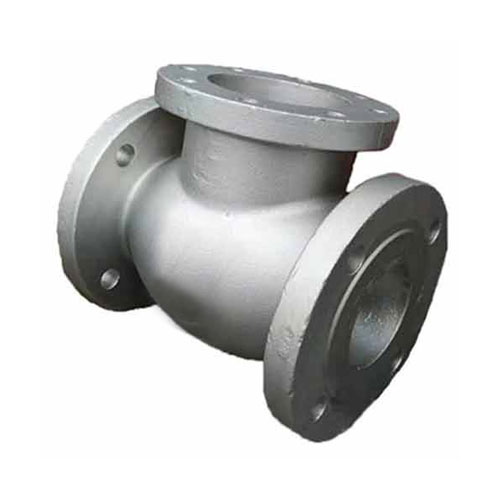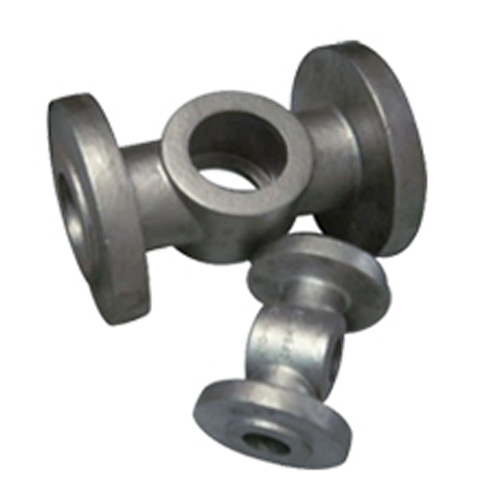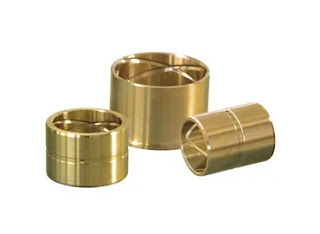
Introduction
High-quality valve components are
necessary to provide safe and efficient operations in industries where fluid
control is essential. In every valve system, the valve body is one of the most
important parts since it provides the structural framework for managing fluid
flow. The accuracy and caliber of the casting process have a significant impact
on a valves performance, longevity, and dependability. Mishka Metal Cast is a
top supplier of excellent valve body casting solutions, producing precisely
manufactured, high-strength parts that satisfy the exacting requirements of
different sectors.
Understanding
Valve Body Casting
The process of creating valve
bodies through the use of metal casting processes is called valve body casting.
This is the process of pouring molten metal, including cast iron, carbon steel,
stainless steel, or specialty alloys, into a mold to create the required shape.
After cooling and solidifying, the casting undergoes processing to attain the
necessary surface polish, dimensional accuracy, and mechanical qualities.
In applications requiring
corrosion protection, temperature resistance, and pressure regulation,
high-quality valve body castings are crucial. The following industries make
extensive use of these castings:
- Oil & Gas
-
Petrochemical
-
Power Plants
-
Water Treatment
-
Pharmaceuticals
-
Automotive & Aerospace
Key
Features of High-Quality Valve Body Castings
1. Superior Strength and
Durability
The materials used for valve
bodies must be strong and resilient since they are subjected to high pressures
and extremely high temperatures. While maintaining operating efficiency,
advanced casting techniques guarantee that the finished product can tolerate
significant mechanical stress.
2. Corrosion and Wear Resistance
Industrial valves frequently deal
with gases, steam, water, and caustic chemicals. The proper casting materials
offer better resistance to oxidation, rust, and chemical reactions. Examples of
these materials are stainless steel and special alloys.
3. Precision Engineering and
Dimensional Accuracy
valve bodies need to be produced
with strict tolerances to guarantee leak-proof functioning and appropriate
fluid control. Sand casting and investment casting are examples of advanced
casting techniques that reduce flow resistance and increase efficiency by
achieving smooth interior surfaces and high precision.
4. Customization for Industry
Needs
Custom valve body designs are
needed by several sectors to address certain operational issues. In order to
accommodate different fluid handling circumstances, modern casting technologies
provide complicated shapes, variable sizes, and customized coatings.
5. Cost-Effective and Scalable
Production
Sand casting and investment
casting are two affordable mass production methods that provide great output
while preserving constant quality. For enterprises requiring vast quantities of
precise components, the ability to scale manufacturing efficiently is
essential.
Why
Choose High-Quality Valve Body Casting?
- Enhanced Performance: Excellent
castings guarantee ideal flow control, reduced leakage, and a longer service
life, which lowers maintenance expenses and downtime.
-
Operational Safety: Reliable
valve bodies shield people and industrial equipment from dangerous leaks and
pressure increases by preventing system failures.
-
Industry Compliance: Precision-cast
valve bodies ensure adherence to industry rules by meeting international
quality standards including API, ISO, and ASTM.
-
Long-Term Cost Savings: Over the
years, durable and wear-resistant valve castings save organizations money by
reducing the frequency of replacements.
Conclusion
The success of fluid regulation
in businesses that depend on precisely manufactured valves is largely dependent
on the quality of the valve body casting. Long-lasting, high-performance valve
solutions can be achieved by enterprises with the help of advanced casting
techniques, premium materials, and rigorous quality control. Mishka Metal Cast is
one of the top suppliers of premium valve body castings, offers components that
are precisely made, strong, and resistant to corrosion, all of which are
designed to satisfy the needs of contemporary industries. For companies looking
for dependable valve body casting solutions, Mishka Metal Cast provides
knowledge, creativity, and product quality control.






